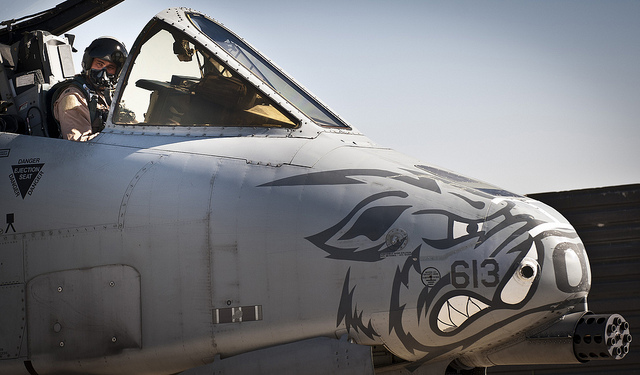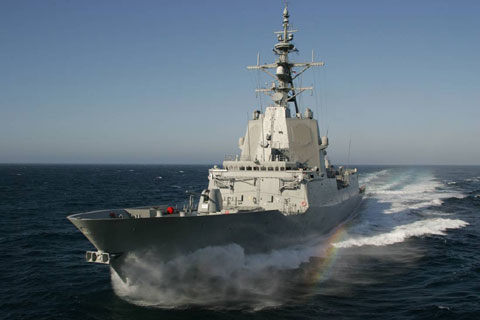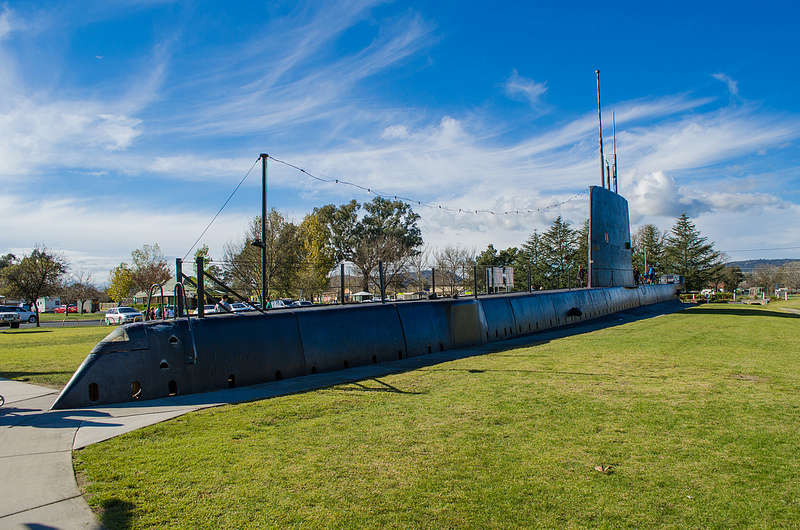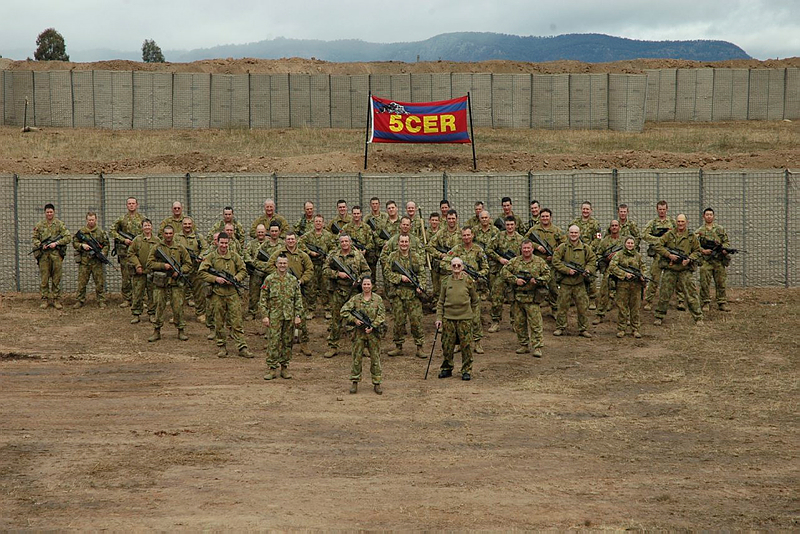Small number, big signal: New Zealand finds some extra defence money
The New Zealand government’s decision to commit an extra A$95m per year to defence for the next five years would scarcely rate a mention if the same had happened in Australia. The total of that extra investment would barely cover the up-front costs of two Joint Strike Fighters (or perhaps just one if we also include long-term costs). But in Wellington it was news enough to warrant a media release from pleased defence minister, Dr Jonathan Coleman, ahead of the 15 May budget.
The extra amount represents about 5% of New Zealand’s annual defence expenditure. That’s hardly a revolution. But it signifies an important shift in the way that National Party-led coalition governments under John Key’s leadership have approached this portfolio. To know why this is the case, a wee bit of recent history is required.
In 2010, the first Key government issued the country’s first Defence White Paper in more than a decade. (It was the first proper one in nearly 20 years if we treat the skinny 1997 version as little more than a topping up exercise). And a well-argued document the 2010 paper was too. From a capability standpoint it spelled out the government’s core objective: find room for future administrations to retain and replace New Zealand’s big three items—maritime patrol aircraft, the heavy lift Hercules, and the frigates. Read more







